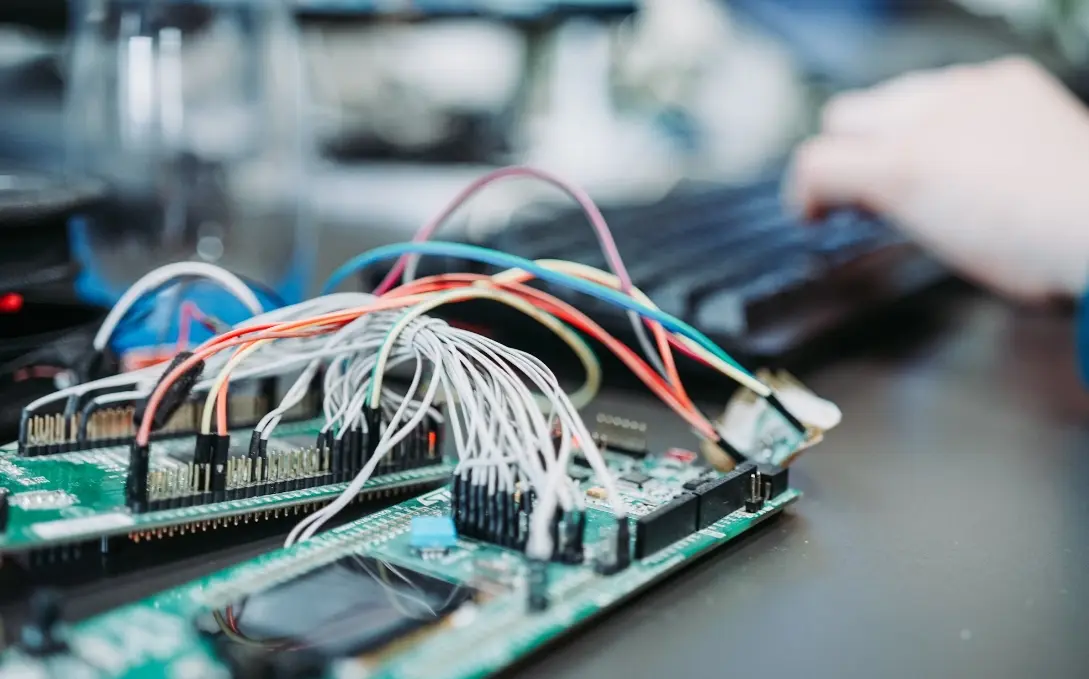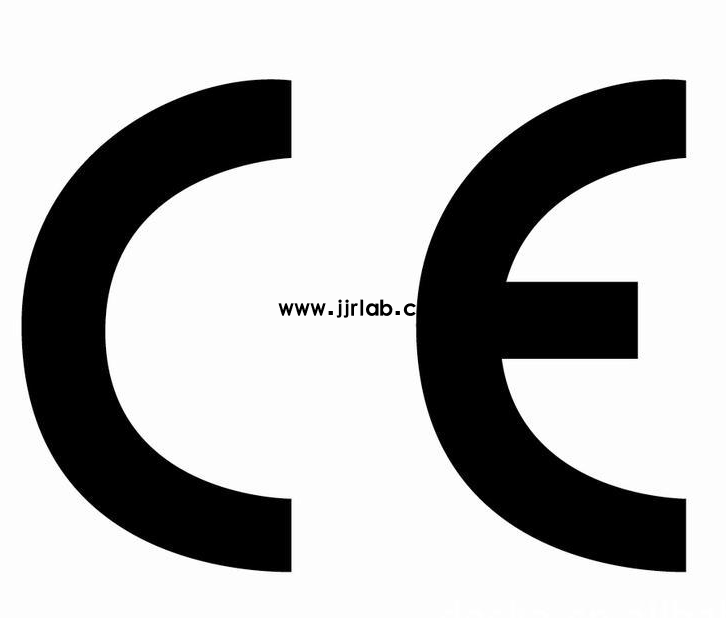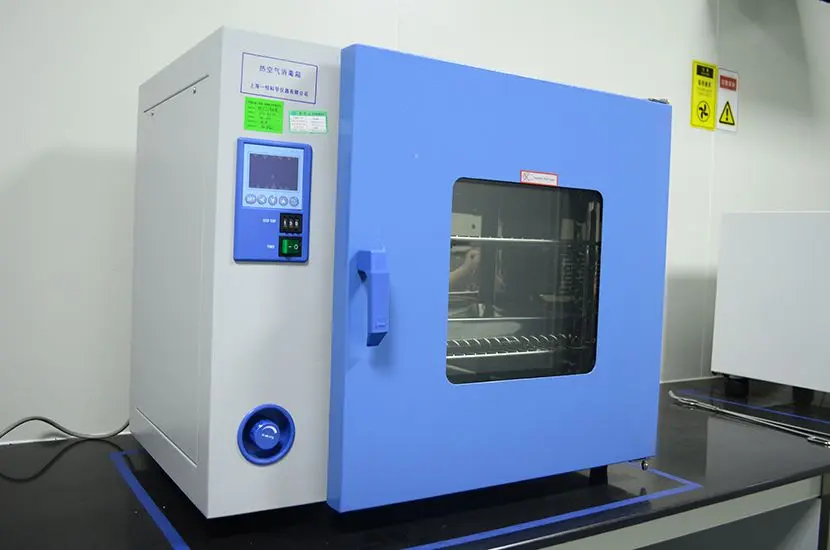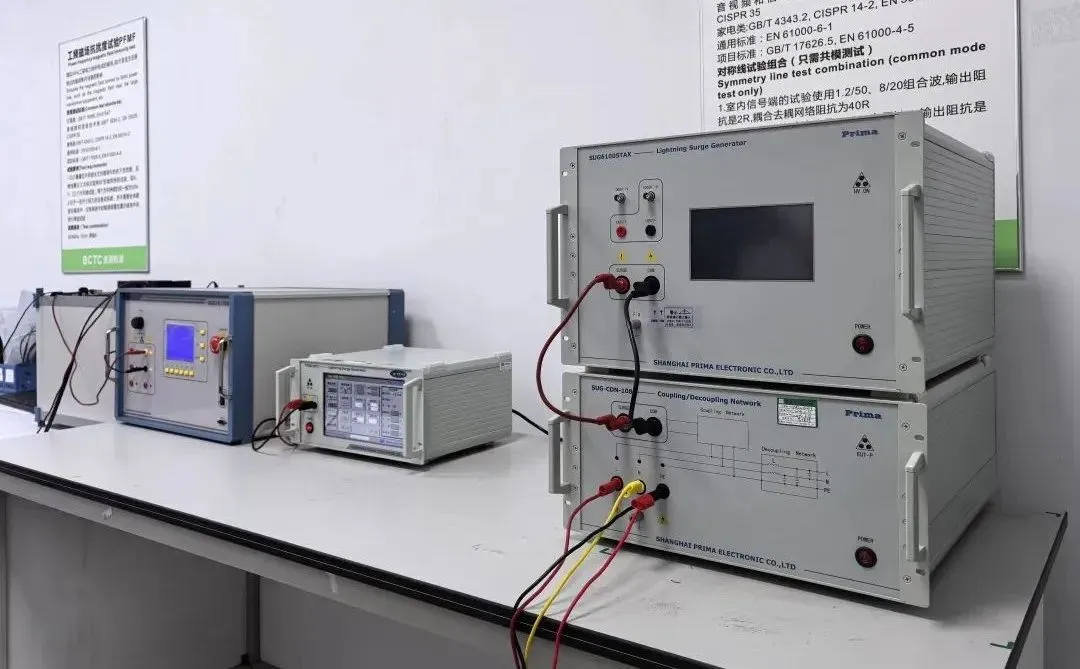
FCC SDOC Labeling requirements Electronic Device Manual
fcc sdoc Requirements for Electronic Device Manuals
The FCC sdoc (Supplier’s Declaration of Conformity) has the following requirements for electronic device manuals:
RequiRED Information:
The manual must include:
1. Product name and model number
2. A statement declaring compliance with FCC regULations
3. Contact information for the responsible party located in the United States (including name, address, phone number, or internet contact information)
Presentation Format:
If the user manual is not provided in printed form but rather stored on a hard drive or delivered electronically (e.g., via the internet), the above information must still be included in the manual accessible to the user. This information may also be displayed via an electronic screen.
Labeling for SDoC-Certified Products:
Products certified under the FCC SDoC scheme have specific labeling requirements:
fcc logo marking is optional but recommended
Labels must include the product model number and an fcc compliance statement, such as:
"This device complies with Part 15 of the FCC Rules."

What Is FCC SDoC Certification?
The full name of SDoC is Supplier's Declaration of Conformity. Under this scheme, only U.S.-based companies(as the supplier of the device) are authorized to issue SDoC declaration documents. These companies are responsible for testing the equipment to ensure compliance with applicable standards and for providing documentation (such as the SDoC declaration) as public proof of compliance.
SDoC simplifies the previously complex fcc certification processes, reducing the burden on businesses.
On November 2, 2017, the Federal Communications Commission (FCC) officially transitioned from the DoC and VoC programs to SDoC, aiming to simplify wireless deviCE certification and clarify rules for electronic labeling.
FCC SDoC Implementation Date
Mandatory enforcement began on November 2, 2018
A transition periodran from November 2, 2017, to November 2, 2018
During this period, companies could continue using the old VoC and DoC programs or adopt the new SDoC process.
After the transition period, SDoC officially replaced the FCC VoC and DoC certification methods.
Which Products Are Subject to FCC SDoC?
FCC SDoC applies primarily to devices without wireless functions, such as:
1. Computer peripherals
2. Microwave ovens
3. ISM (industrial, scientific, medical) devices
4. Switching power supplies
5. LED bulbs
6. Radio receivers
7. Television interface devices
Examples include:
Monitors, common household appliances, lighting fixtures, personal computers and peripherals, electric tools, audio-visual equipment, toys, safety products, and general electronic devices like mice, refrigerators, kettles, hair dryers, LED lamps, electronic toys, and access control systems.
SDoC Includes the Following Four Components
1. Contact Information for U.S. Responsible Party
Must include the company’s name, address, and phone number, and this information must be easily accessible to consumers.
2. FCC Logo Is Not Mandatory
Including the FCC mark on the product is optional.
3. Effective Date
SDoC has been effective since November 2, 2017.
4. Transition Period for Legacy Certifications
Products certified under FCC DoC and VoC before November 1, 2017, could continue to be sold during the one-year transition period, which ended on November 2, 2018.
Changes Introduced by FCC SDoC
1. Clear responsibilities are defined for the U.S. representative (which can be the importer, consignee, or customs broker).
2. After November 2, 2018, FCC DoC and VoC programs became obsolete.
3. All SDoC products may optionally carry the FCC logo.
4. Significant changes to certification methods for commonly used devices:
Onlydevices involving wireless transmission, scanning receivers, power line broadband, and radar detectorsrequire fcc id certification.
All other productsmay choose between FCC IDor SDoCcertification.
What Should Be Included in the FCC SDoC Declaration Document?
According to FCC Section 2.1077, the declaration must include:
1. Product Information
(e.g., product name, model number)
2. FCC Compliance Statement
A declaration of compliance with FCC regulations
3. U.S. Responsible Party Information
(Company name, address, phone number, or online contact information)
Note:
The declaration must accompany the product during shipping and sales.
What Form Does the FCC SDoC Declaration Take During Shipping?
Two acceptable formats:
1. A separate page or leaflet attached to each individual product shipment
(Note: Each product must be individually documented, not just by batch)
2. Information may be included directly in the shipping instruction manual
Impact of FCC SDoC on Manufacturers
The SDoC process is significantly simpler and more transparentthan previous certification methods. It allows:
1. Use of electronic labeling
2. Elimination of burdensome import declaration requirements
The aim is to streamline complex certification steps and reduce the regulatory burden on businesses.
Impact of FCC SDoC on Laboratories
While the SDoC process still requires test reports, it does not mandate testing by FCC-accredited labs. The existing testing standards still apply, but the program:
Relaxes lab accreditation requirements
Allows SDoC or Certificationfor unintentional radiators
Email:hello@jjrlab.com
Write your message here and send it to us
 European Authorized Representative for Medical Dev
European Authorized Representative for Medical Dev
 Low Voltage Testing Services
Low Voltage Testing Services
 Constructive Playthings Foam Block Toys Safety Sta
Constructive Playthings Foam Block Toys Safety Sta
 Prop 65 Textile Testing
Prop 65 Textile Testing
 Environmental Testing for Electronic Products
Environmental Testing for Electronic Products
 Food Packaging Testing Laboratories
Food Packaging Testing Laboratories
 What is CE Certification for Electrical Equipment?
What is CE Certification for Electrical Equipment?
 Requirements for EAC Declaration of Conformity (Do
Requirements for EAC Declaration of Conformity (Do
Leave us a message
24-hour online customer service at any time to respond, so that you worry!




